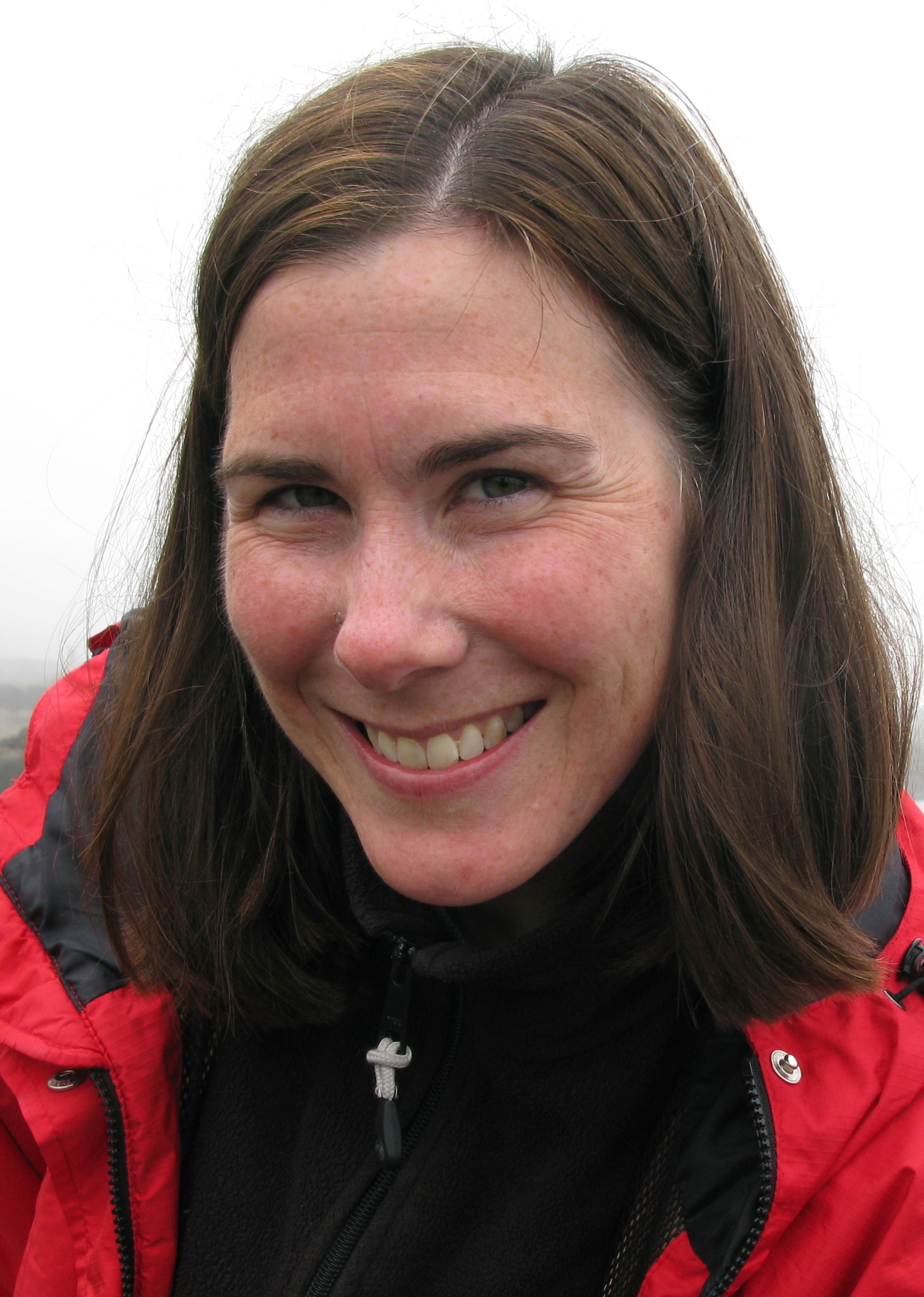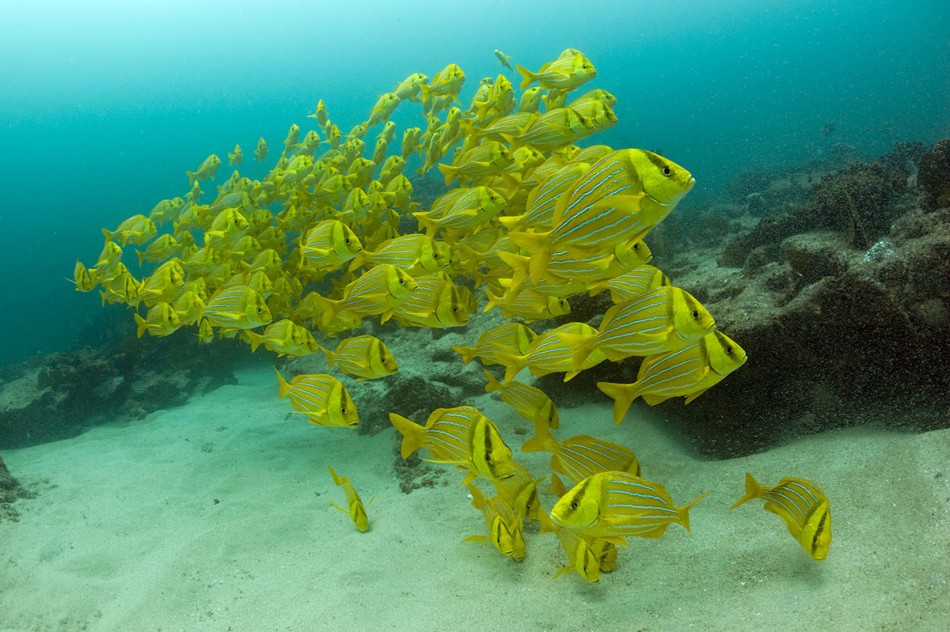Applying knowledge of human-ocean connections at the local scale
 Heather Leslie, an interdisciplinary marine conservation scientist at Brown University, is investigating the importance of incorporating knowledge of humans’ varied connections to the marine environment, and integrating it into ocean policy and management. This post is based on her remarks at the American Association for the Advancement of Science (AAAS) annual meeting in Vancouver on February 18. 2012.
Heather Leslie, an interdisciplinary marine conservation scientist at Brown University, is investigating the importance of incorporating knowledge of humans’ varied connections to the marine environment, and integrating it into ocean policy and management. This post is based on her remarks at the American Association for the Advancement of Science (AAAS) annual meeting in Vancouver on February 18. 2012.
Leslie joined a panel of scientists who described the Ocean Health Index (OHI), the first global framework to assess the ocean’s ability to meet our current and future needs. The index encapsulates the diverse benefits people receive from the ocean, including food provision, ocean-based employment, and conservation.
The Ocean Health Index can help us to better understand and act on the knowledge of human-ocean connections. My part in this global project is focused on opportunities created by applying this tool at different geographic scales, from the local to the global. In collaboration with both natural and social science colleagues, I’m asking How does the scale at which the Ocean Health Index is applied create different opportunities for integrating knowledge of human-ocean connections?
A major innovation of our approach is that we explicitly integrate human connections to ocean ecosystems into our assessment of ocean ecosystem health. Humans are part of ocean ecosystems, everywhere. I want to take a moment to unpack this assertion, as it summarizes decades of scholarship and environmental policy and practice.
Different natural and social science fields articulate and analyze human-environment linkages in distinct ways. It is as though we had two plays being put on in tandem, on different stages, or even different theatres.
Traditionally, natural scientists have studied ocean ecosystems as systems separate from human activities and values. This is particularly the case in my own field of ecology, where we focus on the interactions among the animals and plants inhabiting a particular place, and how those relationships are influenced by climate and other environmental factors. Here the ‘actors’ on the stage are the non-human members of the ecosystem, and the plot, who eats whom, and how currents influence growth and persistence of individual animals and populations.
Even those scientists focused on resource management – including fisheries – have traditionally seen as people as largely ‘offstage’, entering the scene as harvesters removing fish from the ocean or gliding above the sea surface as tourists. If and when humans play a role in this narrative, it is largely negative, as sources of environmental impact.
In terms of the social sciences, geographers and some anthropologists, economists, and sociologists have studied connections between humans and the environment for decades. The causes and consequences of decisions by individuals and groups of people, and how laws, economic markets, social organizations, and culture shape those decisions are studied through many different disciplinary lens by social scientists. Often, however, these investigations see fish population as props and the environment as merely a stage, rather than among the actors themselves.
More recently, however, sustainability science has created a common stage on which we can understand the interactions among the human and non human members of ocean ecosystems. The diverse community of sustainability scientists includes ecologists, fisheries scientists, economists, geographers and many others at this very meeting, and has provided a more integrative lens for understanding human-environment interactions.
So what you see with the Ocean Health Index is the first attempt to pull together perhaps the greatest diversity of actors imaginable – organisms that are highly tied to particular ocean places, as well as though that migrate through; local human actors like fishermen, scuba instructors and businesspeople, as well as government entities like the navy. The index allows us to directly integrate and compare among the many, many dimensions of ocean health that these diverse actors impact and are impacted by.
There are two complementary ways this can happen:
First, knowledge of key ecological and social dynamics can more explicitly frame the boundaries of the assessment; and
Second, richer data sources about human-ocean connections – particularly qualitative data that describe human behaviors, perceptions, and preferences – may be more readily integrated into the index application.

To illustrate this first opportunity, I want to introduce you to Cabo Pulmo, a small community in Mexico. Cabo Pulmo is a town of 200 people in the southern part of Mexico’s Baja Peninsula, several hours north of the mega resort town of Cabo San Lucas. This community has been the engine behind a startling change in ecosystem health just offshore, in the 72 km2 Cabo Pulmo National Park. Scientists have documented the largest relative change in fish biomass, and of top predators in particular, of any marine reserve studied in the world to date.
Historically the community primarily focused on fishing, but recognizing declines in fish abundance in the early 1990s, community members voluntarily reduced fishing effort close to town and shifted their efforts to ecotourism. Preliminary interviews with community members suggest that sense of place and food production are two key benefits provided by the marine environment, in addition to the recreation and tourism values.
The reasons for these responses to protection involve both ecological and social dynamics, including leadership within the local community and interactions between the community, adjacent towns, the Navy and other federal gov’t entities; as well as shifts in predator-prey dynamics and associated ecosystem processes. In short, mapping the spatial scales of these different processes suggests that if the community of Cabo Pulmo wanted to use our developing tool – the ocean health index – to track changes in ecosystem service provision in an integrated way through time, the extent of the region where ocean health was assessed would be larger than the town and even larger than the park.
Because of knowledge we have of ecosystem and social dynamics in Cabo Pulmo and other places throughout the peopled ocean, we have the opportunity to set the spatial boundaries in a way that’s more informed by the human-ocean ecosystem connections in this region.
Check back to learn more about the Ocean Health Index and how it may be applied in your ocean place.
